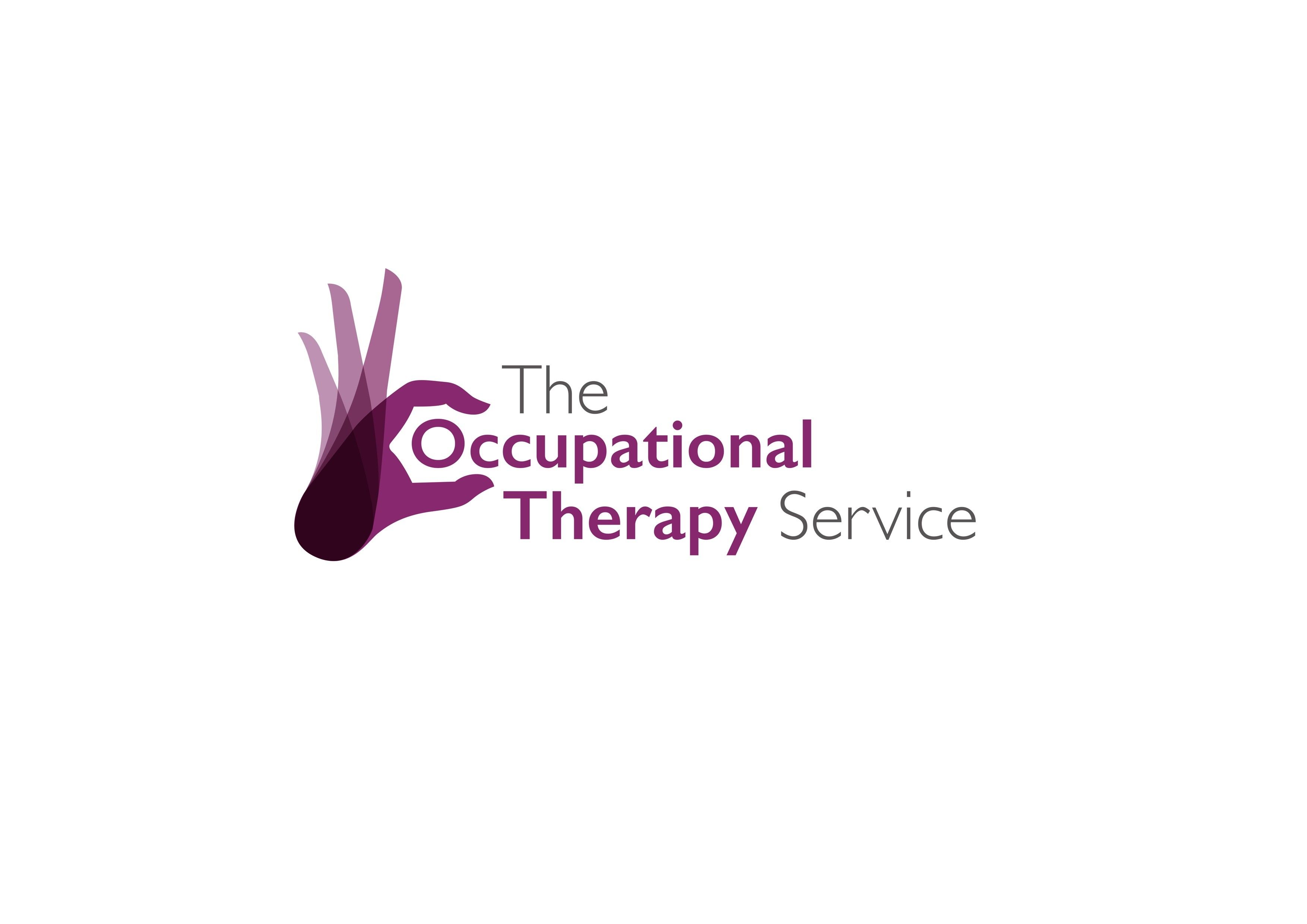Preventing Tissue Harm Before It Happens: The Science Behind the Biotechsis® Inbed Care System
)
At the centre of this is the patient’s fascia — a continuous, sticky/slidey connective tissue system that surrounds and supports every muscle, nerve, blood vessel, organ, and cell. Through its biotensegrity structure, fascia maintains the body’s tensional homeostasis, allowing tissue layers to move freely without transferring damaging forces. When harmful external forces such as friction, stiction, or shear are introduced during inbed care, this delicate balance is disrupted, leading to tissue loading, distortion, and cell death.
The synergetic layers within the Biotechsis® system address this problem by creating an interface of low stiction and friction between the underside of the bed sheet and the upper surface of the mattress cover. This allows the patient’s body to move with inertia and gravity, rather than against them, minimising damaging forces.
When used with a multi-plane tilt bed, hybrid mattress, and patient hoist, the system enables carers to reposition and stabilise patients safely without manual handling. This is known as the philesynergetic or “Safety Dance” approach, which allows controlled, uniform movement of body mass at a rate that lets soft tissues dissipate tensional forces naturally.
By simulating the body’s own homeostatic protection system, the Biotechsis® inbed care system provides an intuitive, scientifically grounded solution to protect tissue integrity — reducing soft-tissue damage for patients and musculoskeletal injuries for carers alike.




















)

